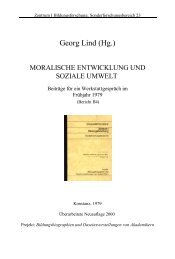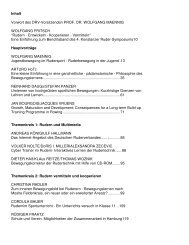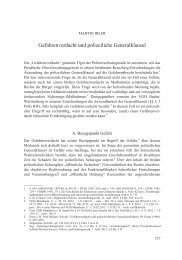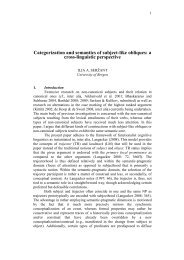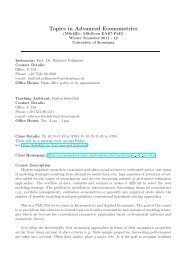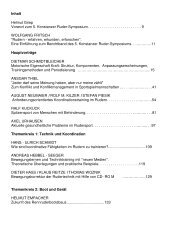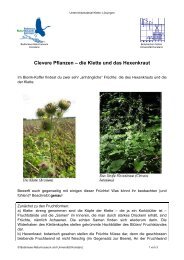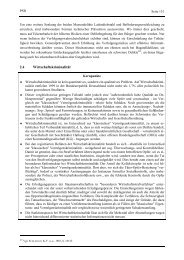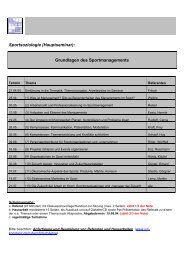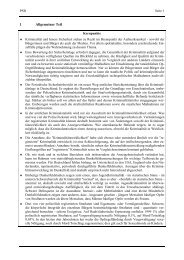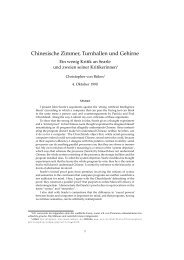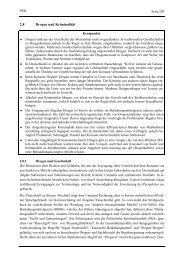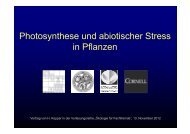Book of Abstracts Book of Abstracts - Universität Konstanz
Book of Abstracts Book of Abstracts - Universität Konstanz
Book of Abstracts Book of Abstracts - Universität Konstanz
You also want an ePaper? Increase the reach of your titles
YUMPU automatically turns print PDFs into web optimized ePapers that Google loves.
Geometric and electronic tructure <strong>of</strong> large sodium cluster anions<br />
Michael Moseler 1,2 , Bernd Huber 2 ,B. von Issendorff 3<br />
1 Fraunh<strong>of</strong>er Institut für Werkst<strong>of</strong>fmechanik, Wöhlerstrasse 11, 79108 Freiburg, Germany<br />
2 Freiburger Materialforschungszentrum , Stefan-Meier-Strasse 21, 79104 Freiburg, Germany<br />
3 Fakultät für Physik, <strong>Universität</strong> Freiburg, Stefan-Meier-Str. 21, 79104 Freiburg, Germany<br />
A - 9<br />
Photoelectron spectroscopy is a frequently used experimental method to extract electronic<br />
binding energies from atomic, molecular, and condensed-matter systems. For molecules and<br />
clusters at low temperature, a comparison <strong>of</strong> the measured photoelectron spectra (PES) with the<br />
electronic density <strong>of</strong> states (DOS) obtained from density functional calculations for T=0 optimal<br />
structures, provides information about the underlying electronic structure and may lead to<br />
assignments <strong>of</strong> pertinent structures.<br />
For the range <strong>of</strong> N=4-19 the PES <strong>of</strong> NaN - clusters were compared with the DOS recorded in our<br />
finite-temperature ab initio simulations [1]. Although the main features <strong>of</strong> the PES can be<br />
understood through the use <strong>of</strong> the jellium model, we are able to detect and explain several<br />
spectral details caused by the finite temperature dynamics. Meanwhile experimental spectra<br />
from very cold cluster beams are available and a comparison with T=0 static spectra reveals<br />
new information concerning the ground states <strong>of</strong> the clusters.<br />
Also larger sodium cluster anions have been measured and simulated by us. For Na55 -, Na147 -<br />
and Na309 - the DOS <strong>of</strong> Mackay-icosahedral clusters was in good agreement with the<br />
corresponding PES (see Fig. 1) and for Na71 - a clear difference between the DOS <strong>of</strong> an anti-<br />
Mackay and an Mackay over layer has been detected.<br />
References<br />
Figure 1. Comparision <strong>of</strong> the Na309 - PES and the DOS <strong>of</strong> the Mackay-icosahedron.<br />
[1] M. Moseler, B. Huber, H. Häkkinen, U. Landman, G. Wrigge, M. Astruc H<strong>of</strong>fmann and B. von<br />
Issendorff, Phys. Rev. B 68, 165413 (2003).<br />
111



